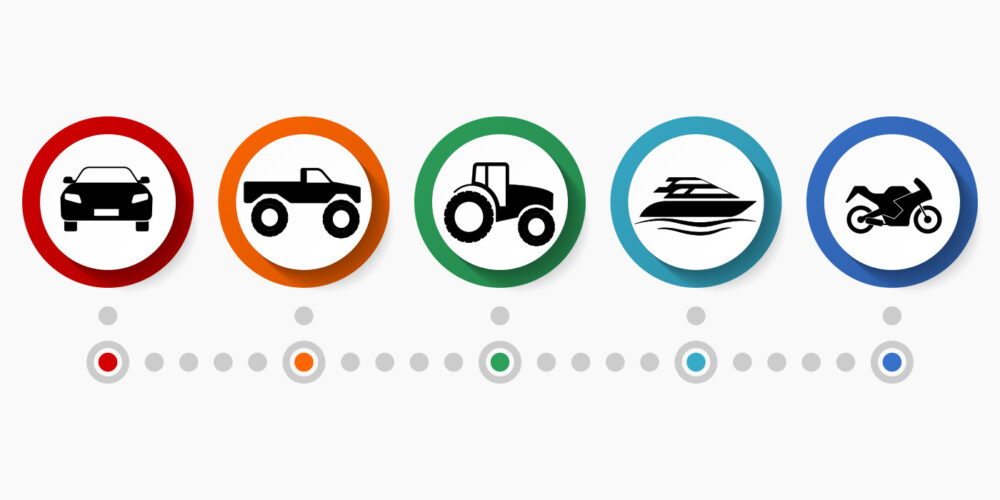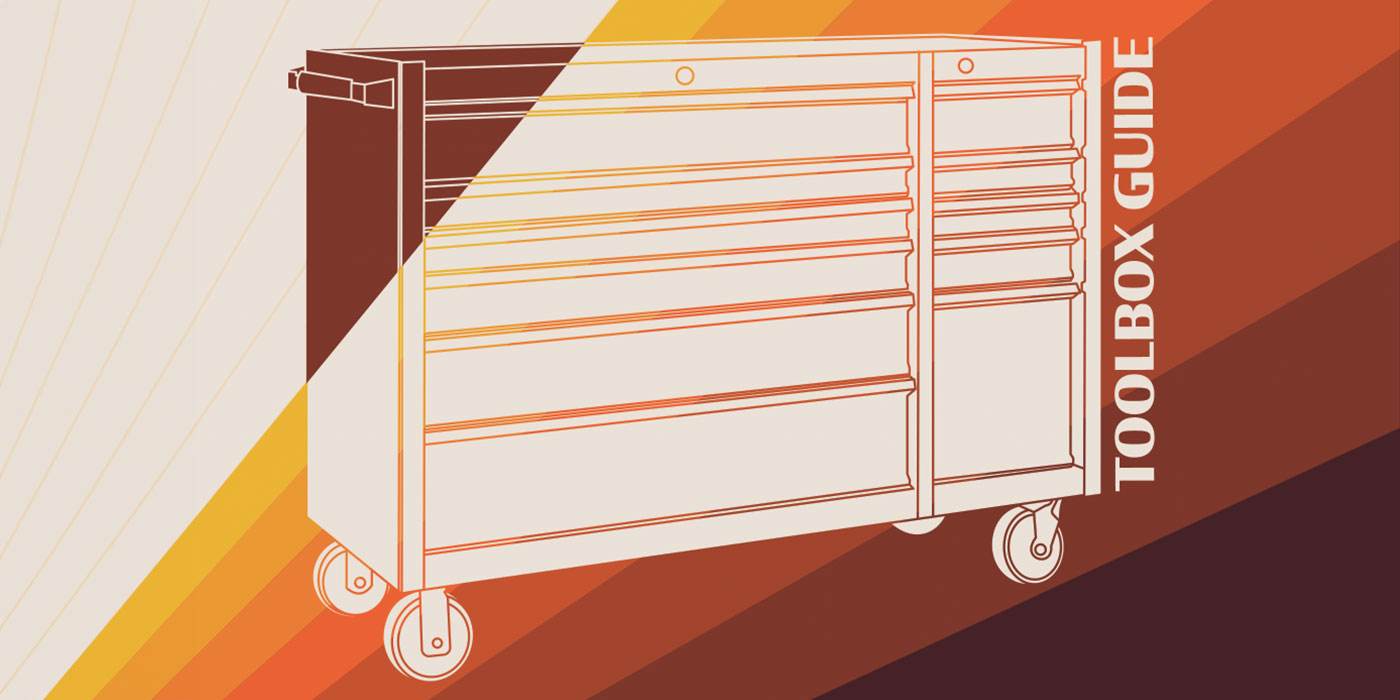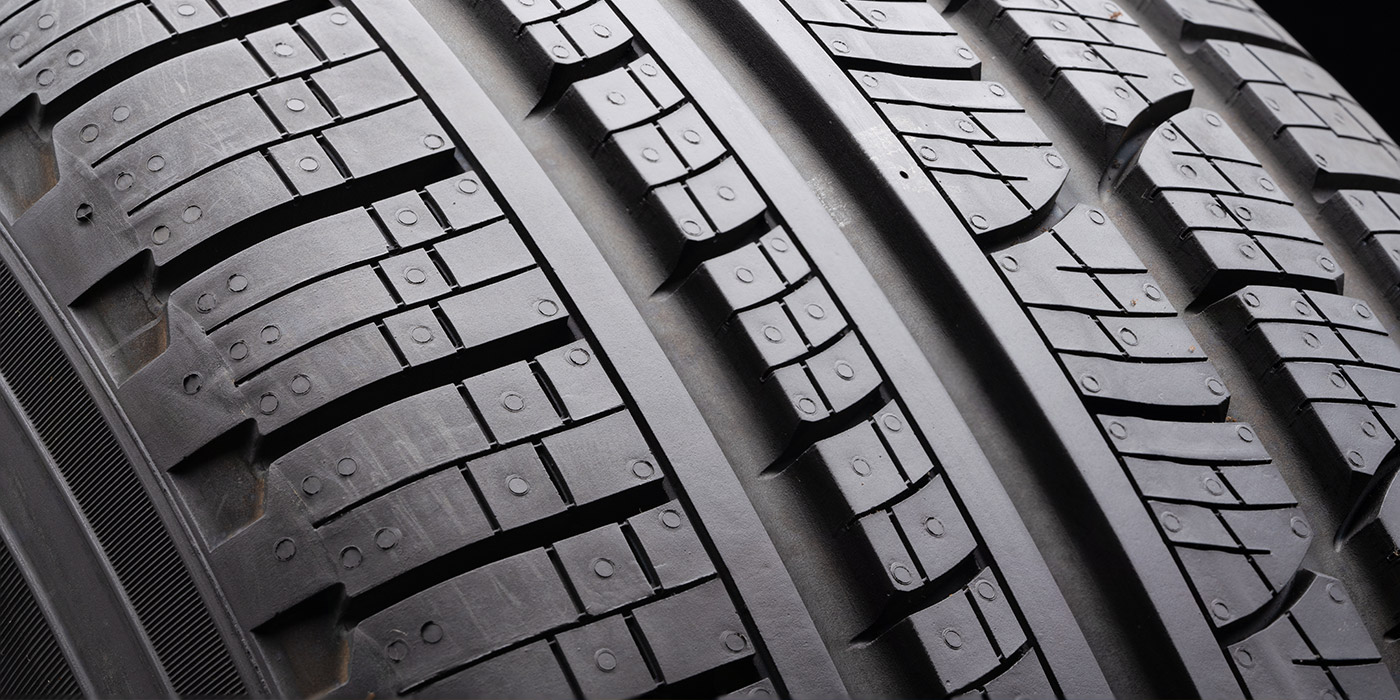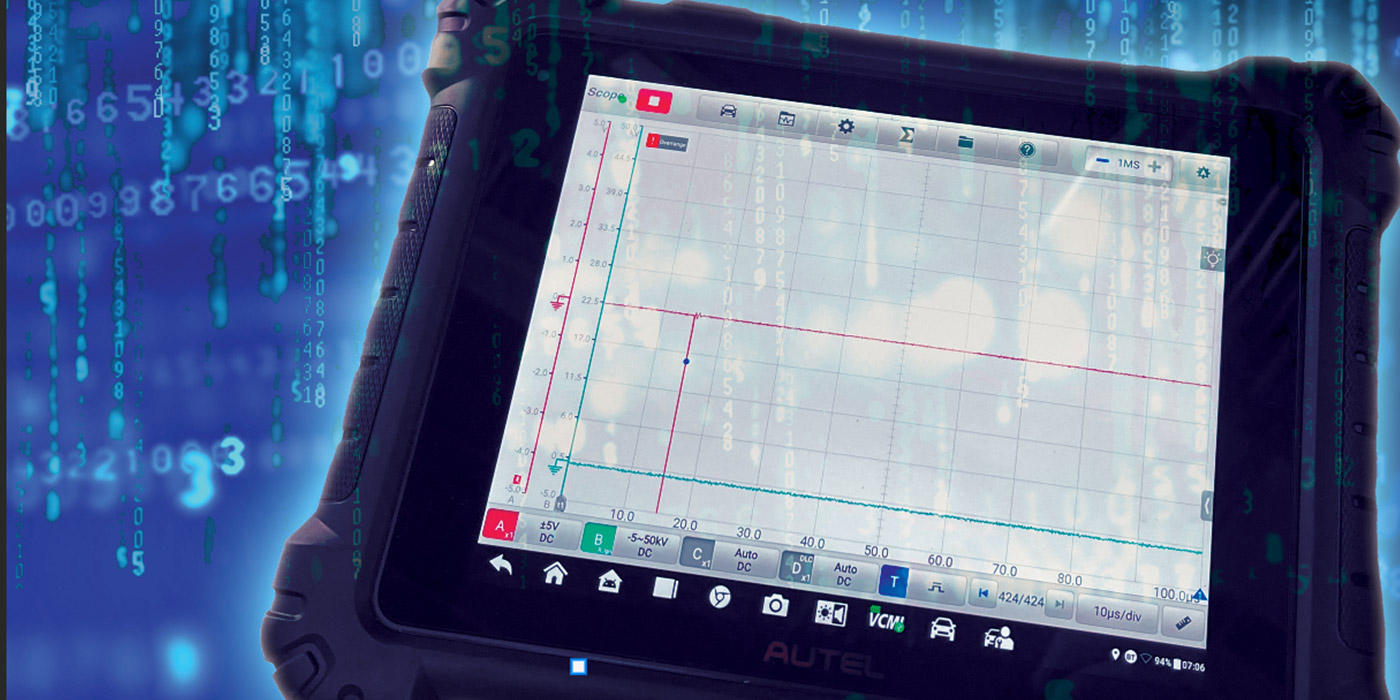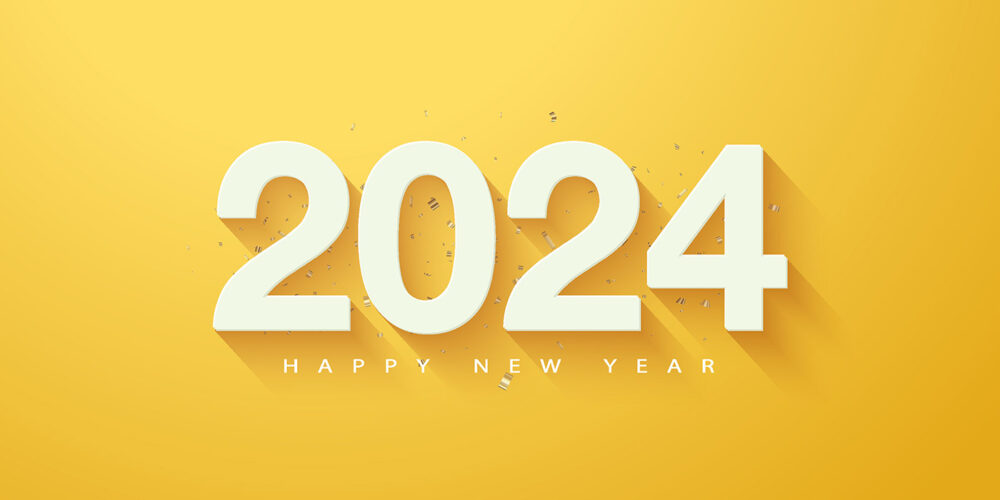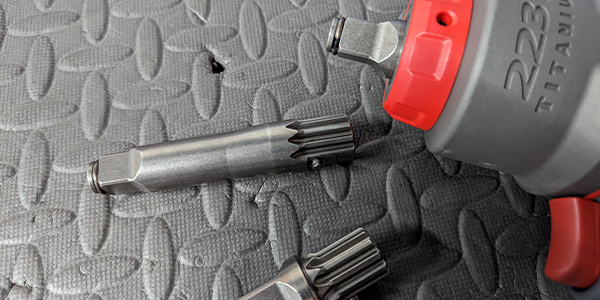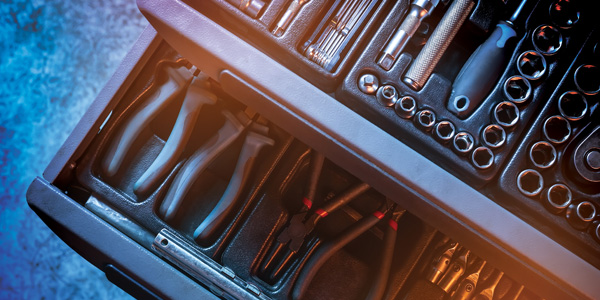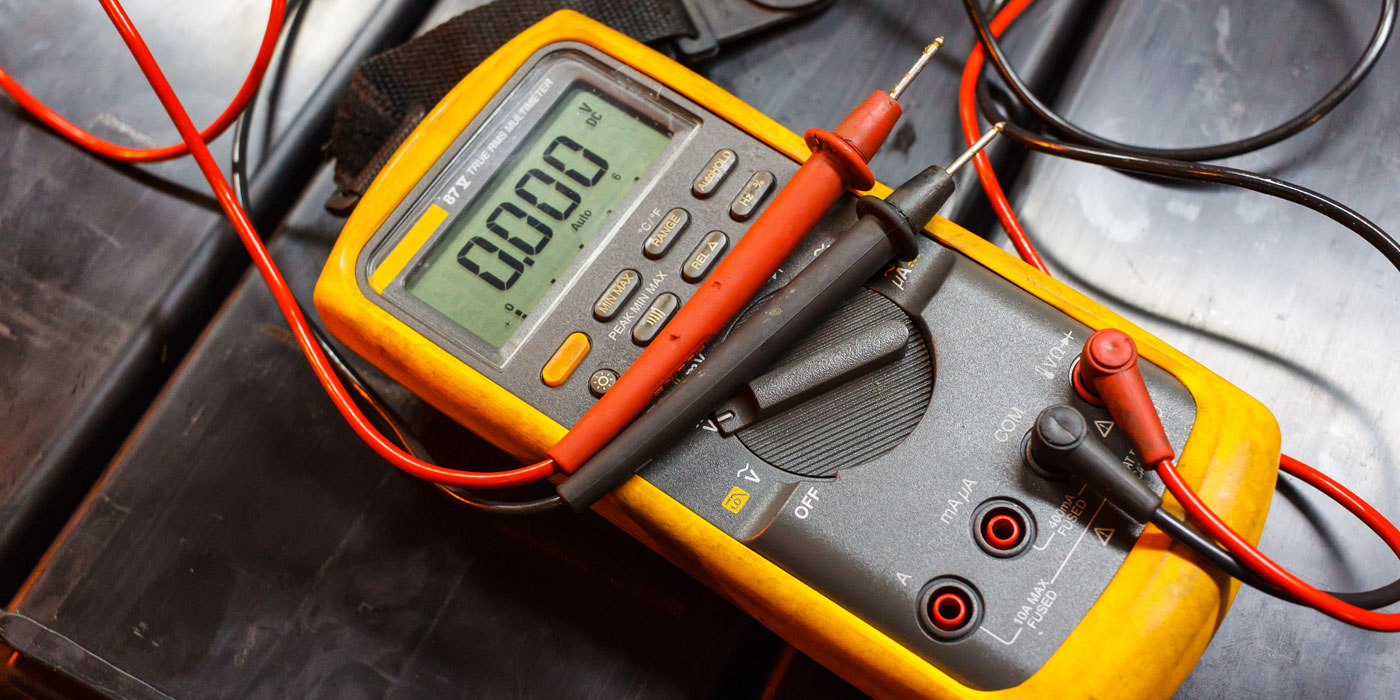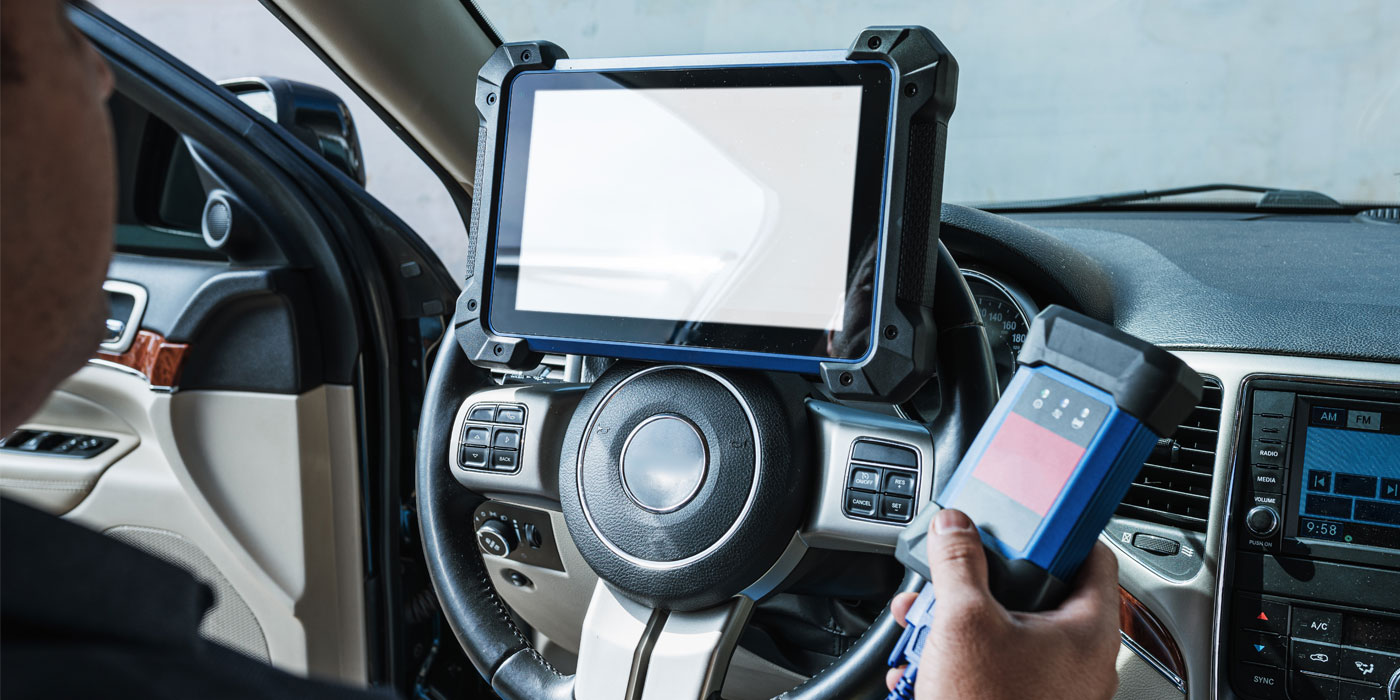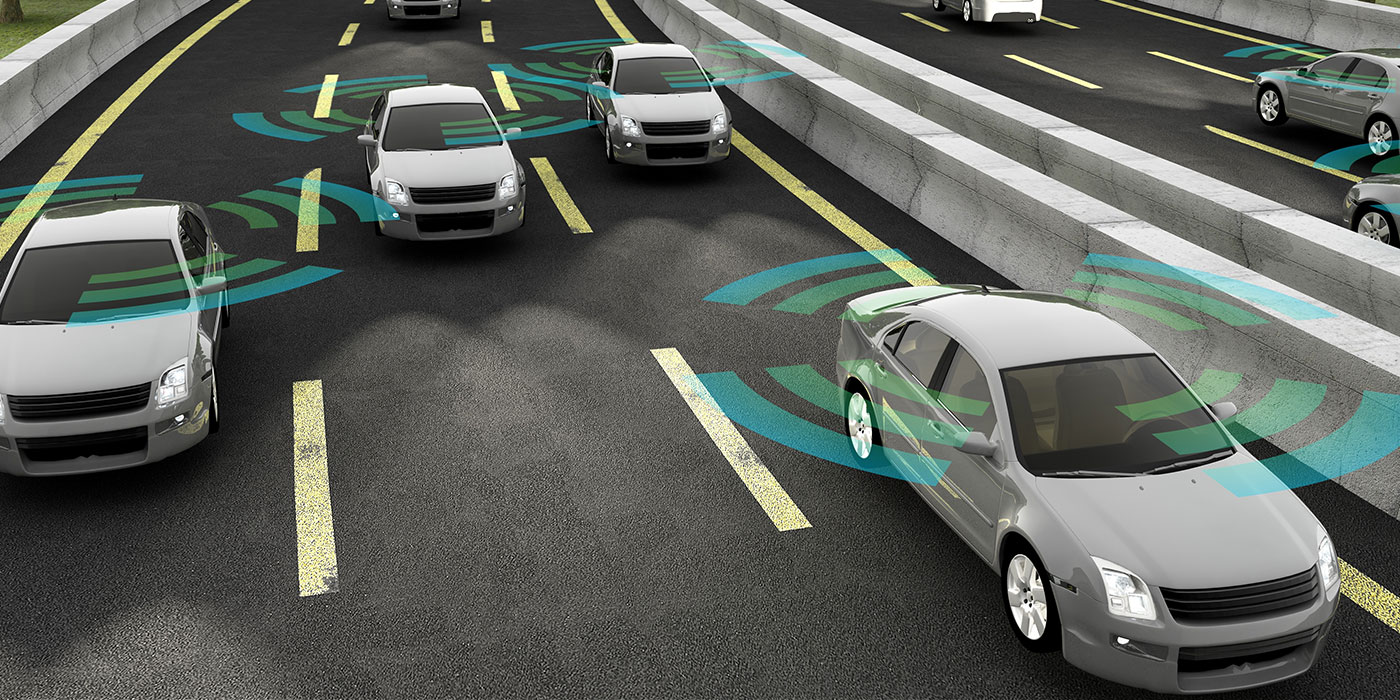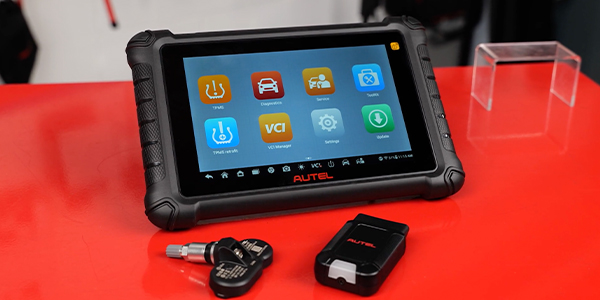In today’s competitive world of business, considering the coverage of a scan tool is an important decision that directly affects the productivity of technicians, but can also open opportunities for your shop. Buying a scan tool is difficult. In the past, we had more concerns over operation and operating systems, as the technology wasn’t up to par.
Today’s scan tools leave that concern behind, with computer technology rarely in question, but now it’s important to shift our focus on what we can ultimately do with our scan tool. Initially, we ask, is the coverage adequate for the cars we work on? But, we also need to consider the additional benefits a scan tool can offer to a technician, such as technical data, repair information, repair times, technical service bulletins, recalls and troubleshooting procedures.
Features such as this hold considerable value at the fingertips of a technician. But, there’s still more to consider. What direction will your shop, or you take in the future? As mechanics, we always knew we could fix anything. If need be, we’d work on a lawnmower, motorcycle, boat or tractor.
Our mechanical skillset hasn’t changed, but multiple industries have faced the same challenges and advancements as automotive. And, while it’s probably out-of-sight, out-of-mind, if you decide to work on anything outside your normal repertoire, you’ll find it’s equipped with just about the same technology. Except one thing, the protocol.
When you buy a scan tool, will it have options for motorcycle, marine and offroad vehicles? What about heavy trucks? They’re all valid ways to make money. They’re broken, and you can fix them. That is if your scan tool supports the protocol.
Protocol is nothing more than an electronic language; the way in which a scan tool can communicate with different types and makes of vehicles. While all automobiles sold in the US since 2008 follow a standard CAN protocol, there are still different aspects of it depending on vehicle manufacturer, and there were multiple protocols pre-2008. Motorcycles, commercial trucks, off-highway vehicles, and marine all utilize a common type of CAN network which we are familiar with, but again with different protocols.
When considering a scan tool, your primary concern is automotive diagnostics. But what else is it capable of? Can it open other options for service opportunities? Does the scan tool manufacturer support additional protocols and is this scan tool compatible with other equipment to capitalize on these other industries? Depending on your vision for the future, these are all important questions to answer.
Another important factor is Advanced Driver Assistance System (ADAS) service and calibration. This is the hot topic in the industry, and the expanded need for service will be coming quickly. Your scan tool will need to not only perform the diagnostics on these systems, but will it need to have compatibility with ADAS calibration equipment. Technology isn’t slowing down, and you can’t afford to buy two scan tools. Make sure your next purchase has the options you need now and in the future. TS
